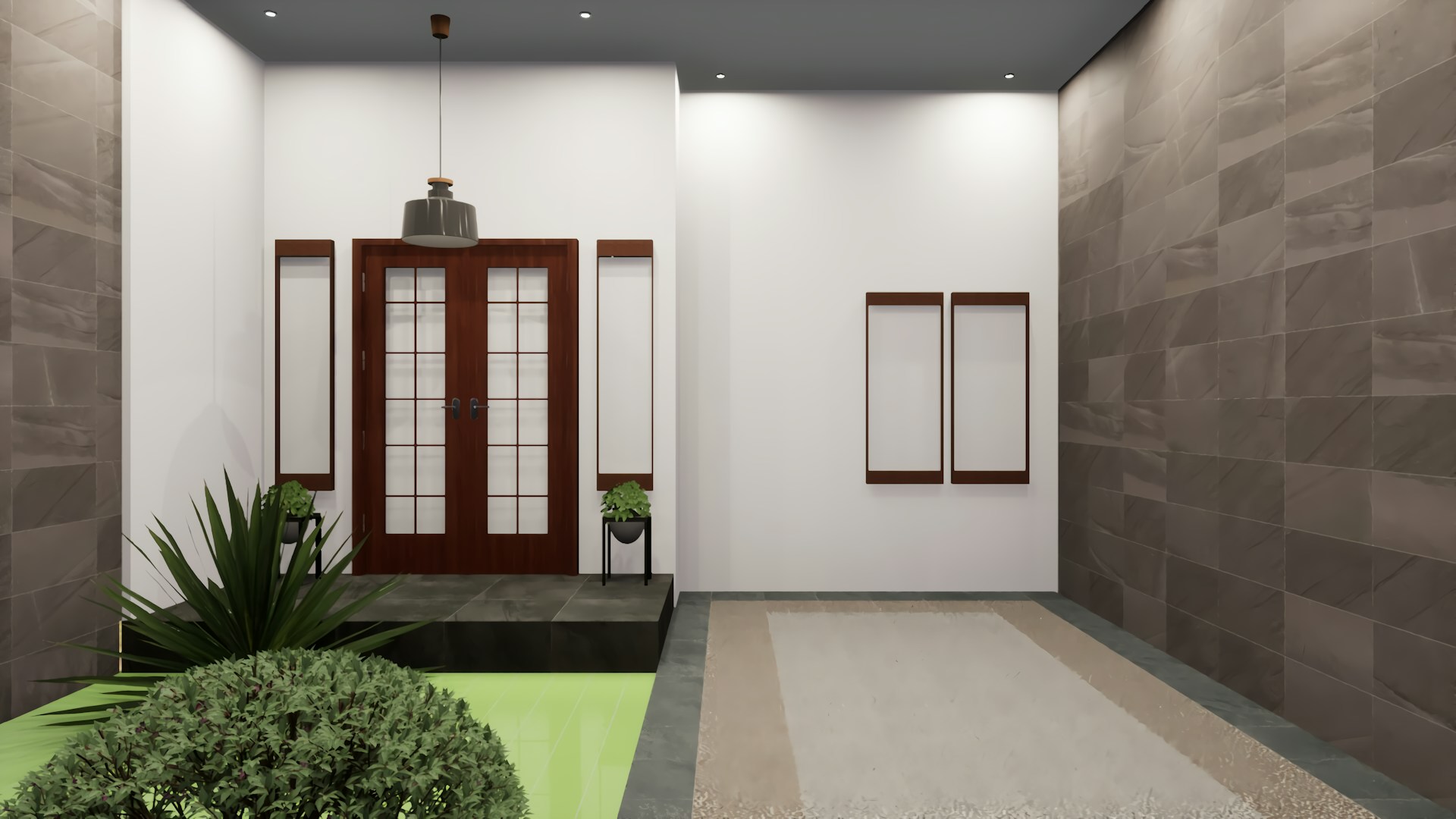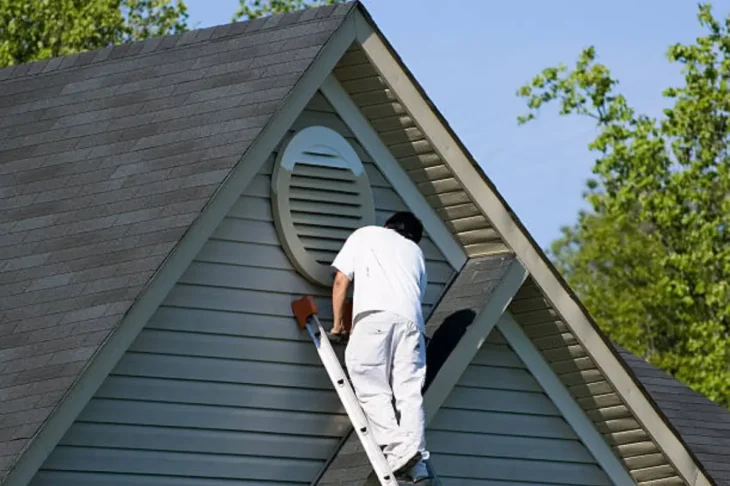
8 Common Mistakes People Make When Adding A Carport To Their Home
Adding a carport to your home can be one of the most practical ways to extend your outdoor space and protect your vehicle from the elements. However, it’s not as simple as it seems. A carport isn’t just a structure you pop up and forget about—it requires thoughtful planning and execution. Here are eight common mistakes people make when adding a carport to their homes, and how you can avoid them.
1. Not Anchoring Correctly
First things first, your carport has to be sturdy. Many people underestimate the importance of anchoring a carport properly, which is a massive oversight. Without a solid foundation, even a gentle breeze could send your carport flying. That’s the last thing you want!
To avoid this, make sure you use the right anchoring system for your location. For example:
- Concrete anchors – Ideal for homes with solid driveways or patios.
- Ground anchors – Necessary for softer surfaces like grass or gravel.
If you’re unsure, it’s always better to consult a professional. A wobbly carport isn’t just annoying—it can be dangerous.
2. Ignoring Local Building Codes
It might be tempting to dive into your carport project without giving much thought to local building regulations, but that’s a big mistake. Each region has its own rules regarding building structures like carports, and you need to follow them to avoid hefty fines or even the removal of your carport down the road.
Make sure to:
- Check whether you need council approval.
- Understand setback distances (how far the carport must be from the property boundary).
- Adhere to height restrictions and stormwater management.
A little research upfront can save you a lot of hassle later.
3. Choosing the Wrong Size
This one’s a classic—going too big or too small with your carport. If it’s too small, good luck squeezing your car in! And if it’s too big, you’re wasting space and potentially clashing with the aesthetics of your home.
Think about what you’re using the carport for. Is it just for a single car, or do you need space for multiple vehicles, tools, or even a boat? Measure your space accurately and plan accordingly. And remember, you want the carport to blend in with your home—not dominate it.
4. Poor Drainage Planning
Water pooling around your carport is not just inconvenient; it can damage the structure and the surrounding area. Yet, many people forget to plan for drainage, assuming the rain will just magically disappear. Spoiler alert: it won’t.
To keep things dry and damage-free, consider:
- Sloping the ground away from the carport.
- Installing gutters to channel rainwater.
- Ensuring proper drainage if you’re building on concrete.
Don’t let a little oversight turn into a massive headache later.
5. Choosing the Wrong Materials
Not all carport materials are created equal, and choosing the wrong ones can lead to problems down the road. Whether it’s timber, steel, or aluminium, you need to think about durability, weather resistance, and maintenance. For instance, timber can give a rustic look, but it requires regular maintenance to prevent rot, while steel is incredibly durable but may rust without the right coating.
Ask yourself:
What kind of weather will your carport face?
How much time are you willing to spend on upkeep?
What material matches the style of your home?
Picking the right materials from the start will save you time, money, and frustration.
6. Overlooking Wind and Weather Conditions
Whether it’s strong winds, heavy rain, or even the scorching sun, failing to consider the local climate can result in a carport that’s flimsy or quick to deteriorate.
Make sure your carport is built to handle:
- High winds in cyclone-prone areas.
- Heavy rainfall with proper drainage.
- UV protection to prevent materials from fading or becoming brittle.
By accounting for your area’s weather, you’ll ensure your carport lasts for years to come.
7. Poor Placement
Where you position your carport can make or break its functionality. Many people don’t put enough thought into where the structure will go in relation to their house, leading to issues down the line.
Consider the following:
- Sunlight: Will your carport provide shade during the hottest parts of the day, or will it leave your car baking in the sun?
- Access: Is it easy to drive into and out of the carport, or will it be a tight squeeze every time?
- Visibility: Does the carport block any important views from your home, or does it obstruct a neighbour’s?
Good placement ensures that your carport is practical, functional, and doesn’t interfere with other aspects of your property.
8. DIY Without the Necessary Skills
We get it—DIY projects can be fun and rewarding. But unless you have experience in construction, building a carport from scratch might be biting off more than you can chew. Without proper knowledge, you risk ending up with a structure that’s unsafe or one that simply doesn’t function as it should.
If in doubt, hire a professional to help or at least consult with one before you begin.
Wrapping Up: Avoiding These Mistakes for a Successful Carport
Adding a carport to your home can be an excellent investment, providing practical benefits while enhancing the overall look of your property. However, it’s not a task to take lightly. From anchoring correctly to choosing the right materials and following local building codes, each step requires careful planning.
By avoiding these eight common mistakes, you’ll ensure your carport stands the test of time and adds real value to your home. Take the time to do it right, and you’ll be able to enjoy the protection and convenience a carport provides without any unexpected headaches!

